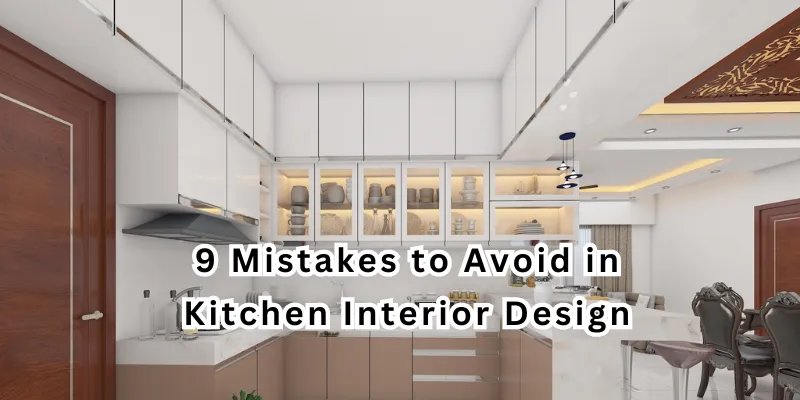Kitchen interior design is a crucial aspect of home decor, blending functionality with aesthetics to create spaces that are both practical and visually appealing.
The kitchen serves as the heart of the home, where meals are prepared, families gather, and memories are made.
Therefore, it’s essential to pay attention to the design details to ensure a seamless and enjoyable experience in this space.
Importance of Kitchen Interior Design
The kitchen is more than just a cooking area; it’s a multifunctional space where we cook, dine, entertain, and spend quality time with loved ones. A well-designed kitchen enhances efficiency, promotes organization, and elevates the overall ambiance of the home.
Effective kitchen design considers both functionality and aesthetics. It’s about creating a space that not only looks beautiful but also functions efficiently to meet the needs of the users. From layout and storage solutions to lighting and materials, every aspect of kitchen design plays a role in shaping the user experience.
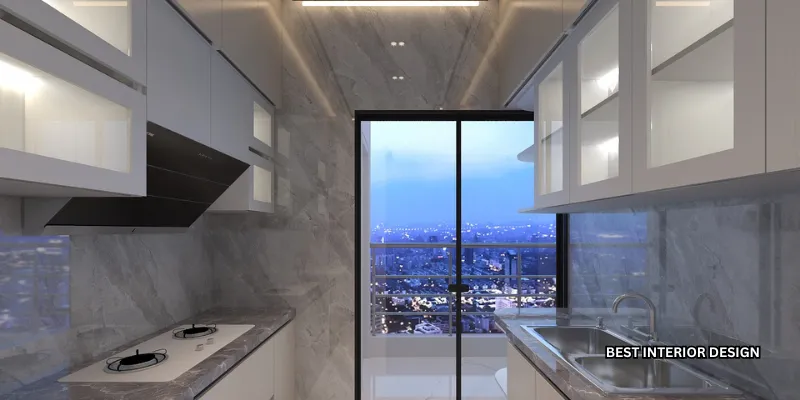
Mistake 1: Neglecting the Work Triangle
The kitchen work triangle is a design principle that connects the three main work areas in the kitchen: the stove, the sink, and the refrigerator. A well-planned work triangle minimizes unnecessary steps and maximizes efficiency during meal preparation.
Neglecting the work triangle can lead to inefficient workflows, congestion, and frustration in the kitchen. Common mistakes include placing work areas too far apart, obstructing the triangle with islands or peninsulas, and ignoring traffic flow patterns.
To optimize the work triangle, ensure that the distance between the stove, sink, and refrigerator is neither too close nor too far apart. Aim for a total distance of 12 to 26 feet, with no obstruction in the triangle path. Consider traffic flow, appliance placement, and user convenience when planning the work triangle.
Mistake 2: Inadequate Storage Planning
Ample storage is essential for keeping the kitchen organized, clutter-free, and functional. Inadequate storage can lead to a disorganized and chaotic kitchen, making it challenging to find items and work efficiently.
Common storage mistakes include underestimating storage needs, neglecting to maximize vertical space, and failing to consider specialized storage solutions for specific items such as pots, pans, and spices.
Explore innovative storage solutions such as pull-out pantry shelves, corner drawers, and vertical dividers to maximize storage capacity and efficiency in the kitchen. Customized storage solutions tailored to your specific needs can optimize organization and streamline workflow.

Mistake 3: Poor Lighting Choices
Lighting is a crucial element of kitchen design that affects visibility, ambiance, and functionality. Proper lighting enhances safety, facilitates tasks, and highlights architectural features and decor.
Common lighting mistakes include inadequate lighting levels, improper placement of fixtures, and neglecting to layer different types of lighting (ambient, task, accent).
Incorporate a combination of ambient, task, and accent lighting to create a well-lit and visually appealing kitchen. Install overhead fixtures for ambient lighting, task lighting under cabinets for countertop tasks, and accent lighting to highlight architectural features and decor.
Mistake 4: Ignoring Ventilation and Airflow
Proper ventilation is essential for removing cooking odors, excess heat, and airborne contaminants from the kitchen. Good airflow improves indoor air quality, enhances comfort, and prevents moisture-related issues.
Neglecting ventilation can result in poor indoor air quality, lingering odors, and moisture buildup, leading to mold and mildew growth. Common mistakes include inadequate ventilation capacity, improper placement of vents, and obstructed airflow paths.
Select a ventilation system that meets the specific needs of your kitchen layout and cooking habits. Options include range hoods, exhaust fans, and natural ventilation solutions. Ensure proper sizing, installation, and maintenance for optimal performance.
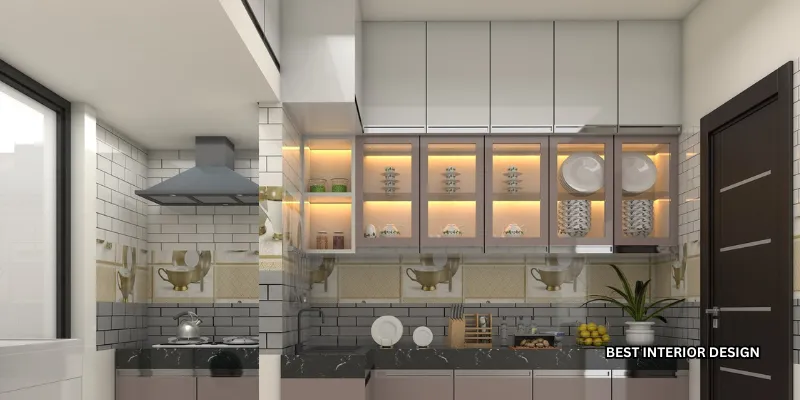
Mistake 5: Overlooking Countertop Materials
Countertops are not only a visual focal point in the kitchen but also a functional work surface for food preparation, cooking, and dining. The choice of countertop material influences both aesthetics and performance.
Common countertop material mistakes include prioritizing aesthetics over durability, choosing materials that are prone to staining or scratching, and neglecting to consider maintenance requirements.
Evaluate the pros and cons of popular countertop materials such as granite, quartz, marble, laminate, and butcher block. Consider factors such as durability, maintenance, cost, and aesthetics when selecting the right material for your kitchen.
Mistake 6: Neglecting the Backsplash
Backsplashes serve both functional and decorative purposes in the kitchen, protecting walls from splashes and spills while adding visual interest and style to the space.
Neglecting the backsplash can result in unsightly stains, water damage, and an incomplete look in the kitchen. Common mistakes include choosing inappropriate materials, neglecting to extend the backsplash to the entire countertop area, and failing to coordinate with the overall design aesthetic.
Explore creative backsplash ideas such as subway tiles, mosaic patterns, and textured materials to add personality and character to your kitchen. Consider experimenting with colors, patterns, and textures to create a unique and visually striking backsplash design.
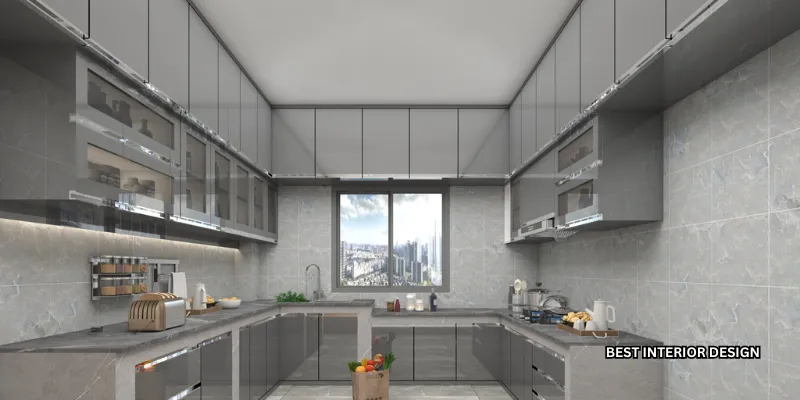
Mistake 7: Inadequate Electrical Outlets and Wiring
Electrical planning is essential for powering appliances, lighting fixtures, and other electrical devices in the kitchen. Adequate outlets and wiring ensure convenience, safety, and functionality.
Common electrical mistakes include insufficient outlets, improper placement of outlets, and overloading circuits. Inadequate electrical capacity can lead to inconvenience, safety hazards, and code violations.
Plan the placement and quantity of outlets strategically to accommodate the electrical needs of your kitchen appliances and devices. Consider installing GFCI outlets near water sources, dedicated circuits for high-power appliances, and USB outlets for charging electronic devices.
You may like: Smart Kitchen Hacks Perfect for Bangladeshi Homes
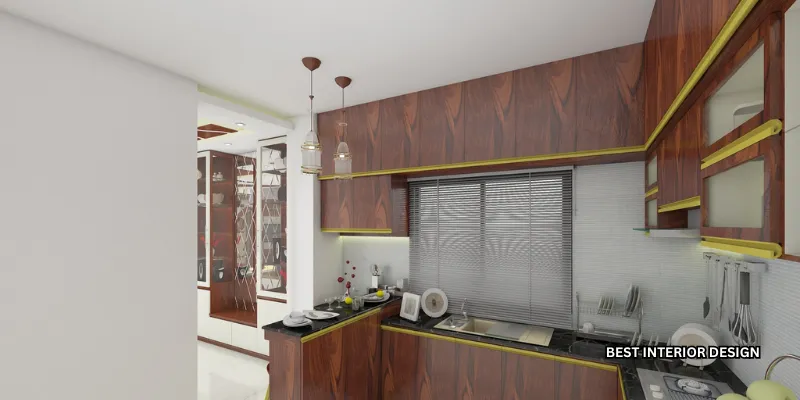
Mistake 8: Choosing the Wrong Color Scheme
Color plays a significant role in setting the mood, enhancing visual appeal, and creating a cohesive design scheme in the kitchen. The right color palette can make the space feel warm, inviting, and harmonious.
Common color scheme mistakes include choosing colors that clash with the overall design aesthetic, neglecting to consider natural light and room size, and using overly bright or intense colors that overwhelm the space.
Consider factors such as kitchen size, layout, natural light exposure, and personal preferences when selecting a color scheme. Look for neutral tones for a timeless and versatile look, or experiment with bold accents for added visual interest and personality.
Mistake 9: Overlooking Personalization and Functionality
Well, overlooking functionality and personalization can really be a setback for your kitchen’s overall interior design. So, what to do here? Well, the best possible solution would be to not overlook the functionality and personalization touch.
And the best way to do so will be to analyze the overall kitchen interior design to look for combos that go with your personalization.
Bottom Line
So, after going through this blog, you should now know all the ins and outs of the 9 mistakes to avoid in kitchen interior design. And we’ll always recommend that you should also consult an expert, especially when you’re not aware of what you should be doing with the interior design of your kitchen.
